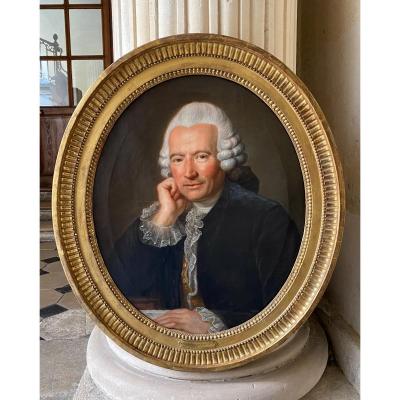The model is represented probably seated at his work table. He wears a white wig. His head rests on the closed right hand, he is represented smiling and a great intelligence and quick-wittedness emerge from his features. The representation is not common, the pose of the model is that of a man who thinks, who reflects, who studies and who takes time on his work to give it to the painter. He is a man in his forties, who seems in good health and who expresses not only intelligence but also kindness. It is the portrait of a man full of humanity, close to people.
It could be the portrait of Jean-Jacques Rousseau so much he has in common with the model. And it is probably no coincidence that the old engraved metal cartel assumes so.
The portrait was for a time attributed to Jean Baptiste van loo, a portrait painter under Louis XV, but the attribution is undoubtedly advantageous. The fact remains that this is a very beautiful portrait by a follower of Van Loo.
The canvas is in very good condition, it has just been cleaned and refinished. There are no or very few restorations. It is not re-lined and it is on its beautiful old frame.
The oval frame is period, it is entirely in carved and gilded wood. It has been resoled to consolidate it.
Jean-Jacques Rousseau is a French-speaking writer and philosopher born June 28, 1712 in Geneva and died in Ermenonville on July 2, 1778. He is the author of several works which have marked French literature and philosophy. Little appreciated during his lifetime for his political positions, his ideas served as the basis for the creation of a new democratic society after the French Revolution.
Jean-Jacques Rousseau was born into a Protestant family in Geneva. His father, Isaac Rousseau, is a watchmaker, and his mother, Suzanne Bernard, a watchmaker's daughter. Her mother died a few days after her birth from childbirth. Young Jean-Jacques and his older brother, François, are raised by their father and their paternal family. Isaac Rousseau awakened Jean-Jacques Rousseau to reading very early on and passed on his passion for books to him. From the age of ten, he resides with his uncle in Geneva, his father being forced into exile in Nyon. In 1725, young Jean-Jacques apprenticed with a master engraver who mistreated him. He decided to flee in 1728. He was then taken in by Baroness Madame de Warner who sent him to Turin to convert him to Catholicism. For several years, he alternated periods of wandering and stays with Madame de Warens, who became his mistress. In the 1740s, he moved to Paris and became a tutor. He frequented the closed French circle of the Enlightenment and met D’Alembert, Grimm and Denis Diderot there. With the latter, in 1749, he participated in the writing of articles for the Encyclopedia. He thus puts his first foot in the literary world.
Jean-Jacques Rousseau discovers music with Madame de Warens. In 1743, he composed his first opera-ballet, Les Muses Galantes. He will also be a music critic. He will thus emit strong criticisms on the work of Rameau, and will participate in the so-called Quarrel of the Bouffons, born in 1752. This pits defenders of French music against those advocating a musical overture. This will help to isolate him from the other authors of the Encyclopedia.
The first successes
In July 1750, encouraged by Diderot, Jean-Jacques Rousseau won first prize from the Dijon Academy for his Discourse on Sciences and the Arts, or Premier Discours, where he argued that progress was a source of corruption. The book is published and is a great success. From 1752, he wrote and performed his first two plays, Le Devin du village and Narcisse in front of the court of King Louis XV. In 1754, he again took part in the Dijon Academy competition with the Speech on the Origin and Foundations of Inequality Among Men, or Second Speech. He denounces the injustice of society. He drew the wrath of the Enlightenment and went into exile in Geneva where he began to become a Protestant again. Back in Paris, he devoted himself to writing. He began writing the novel Julie ou la Nouvelle Héloïse, which appeared in 1761. He also wrote two essays, Émile ou De Éducation and Du Contrat Social, published in 1761 and 1762, respectively. isolates itself from its contemporaries and is very badly received by the French and Swiss political authorities. Jean-Jacques Rousseau is condemned to leave France and several large Swiss cities. He finds refuge in the principality of Neuchâtel. Affected by the disease of the stone, he continued his writings. In 1762, he published Pygmalion, a one-act musical theater piece, as well as the suite to Émile ou De Éducation, Émile et Sophie. The writeris more and more isolated and misunderstood, he sinks into paranoia.
The last writings of Jean-Jacques Rousseau
In 1765, Jean-Jacques Rousseau returned to Paris, in the Temple district, which benefited from a specific territorial regime. He wants to justify his positions by embarking on the writing of autobiographical stories. He then left for Great Britain at the invitation of David Hume, a famous Scottish economist close to the Enlightenment. He is then the subject of a plot fomented by the encyclopedists which locks him a little more in his paranoia. He began writing the famous Confessions and writing the Dialogues, Rousseau judge Jean-Jacques. He cannot publish his works. He returned to Paris in 1770 and organized public readings of the Confessions, which were immediately banned by the authorities. At the same time, he wrote an essay denouncing the Russian policy of dismantling Poland, Considerations on the Government of Poland. This essay further emphasizes its sidelining from the philosophers of the Enlightenment, who admired the great Russian Empress Catherine II. At the end of his life, Jean-Jacques Rousseau developed a passion for botany and got closer to Malesherbes. He wrote the Letters on Botany and the Rêveries du promenade solitaire, works published posthumously. Jean-Jacques Rousseau passed away at the castle of Ermenonville where he was greeted by the Marquis de Girardin. His ideas will come to life following the French Revolution, and will serve as a basis for the drafting of the main principles of French representative democracy, and more generally of the great democracies.
Entrance to the Panthéon by Jean-Jacques Rousseau
From 1791, the entry of Jean-Jacques Rousseau into the Panthéon was mentioned by the journalist and writer Pierre-Louis Ginguené and met with support from Parisians. It was not until 1794 that the project was adopted by the National Convention. A real posthumous recognition for the writer and philosopher.
The humanist ideas of Jean-Jacques Rousseau are known worldwide and are the basis of the great modern democratic principles. His works are studied by students around the world.
Of Dutch origin, the Van Loo family settled in France in the 1660s. Louis Abraham Van Loo (1653 - 1712), father of our artist, was present in Provence from the 1680s. He participated with his brother in the decoration of several ships for the royal arsenal of Toulon. He married in Aix in 1683 with the daughter of the sculptor Jacques Fossé. It was therefore at the heart of a veritable dynasty of artists that John the Baptist was born the following year. He will of course be introduced to painting by his father. It is found in Toulon between 1706-1707. There he studied the works of Pierre Puget, made a few portraits and married Marguerite Le Brun, daughter of a city lawyer. Fixed a time in his hometown, he worked for the Lenfant family, who introduced him to the court of Monaco. His reputation being established, he then went to the court of Turin and became the protégé of the sumptuous Prince Victor-Amédée of Carignan, cousin and son-in-law of King Victor-Amédée of Savoy. Carignan will go so far as to finance the painter's stay in Rome, with a view to his improvement. Exiled in France in 1718, the prince attracted his favorite artist there two years later and installed him in his own Parisian mansion. Jean-Baptiste then became one of the Regent’s favorite painters. Louis XV also admired him and commissioned him for two full-length portraits (1724 and 1727). He was accredited and then received at the Royal Academy of Painting successively in 1722 and 1731. Then he was found in London between 1738 and 1742. He then retired definitively to Aix where he owned the delicious Vendôme pavilion. Jean-Baptiste will also have had the wonderful task in his career of training his young and very talented brother Charles-André (known as Carle), adored by Madame de Pompadour, as well as his two sons Louis-Michel, who became the first painter to the King of Spain and Charles-Amédée, who will be that of the King of Prussia.












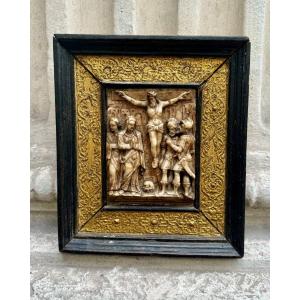

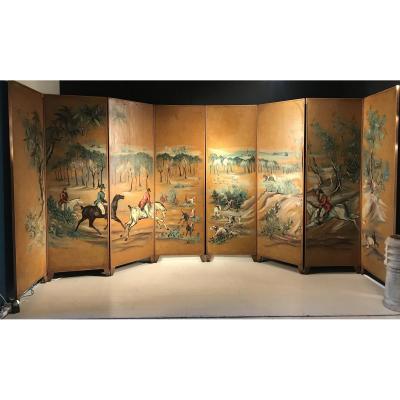
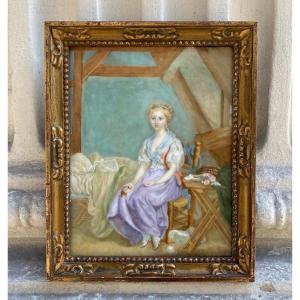

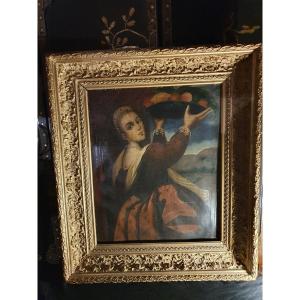


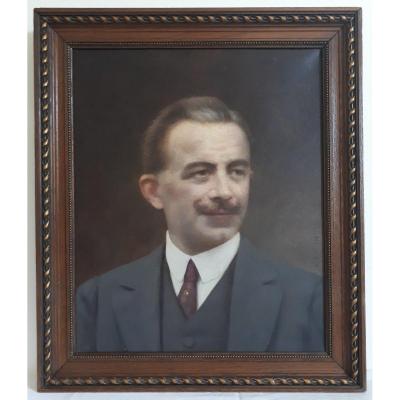
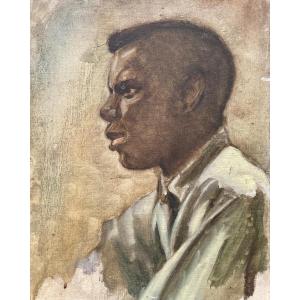




 Le Magazine de PROANTIC
Le Magazine de PROANTIC TRÉSORS Magazine
TRÉSORS Magazine Rivista Artiquariato
Rivista Artiquariato
